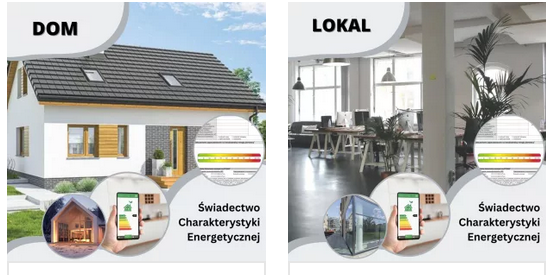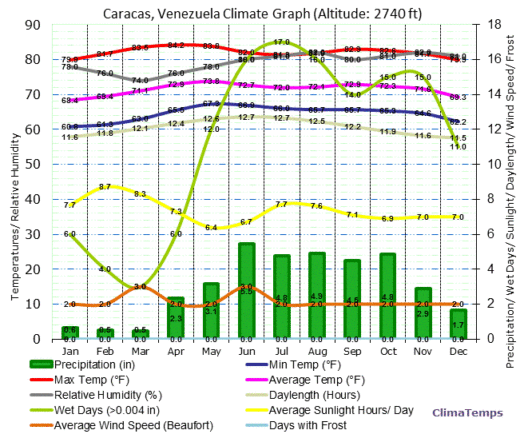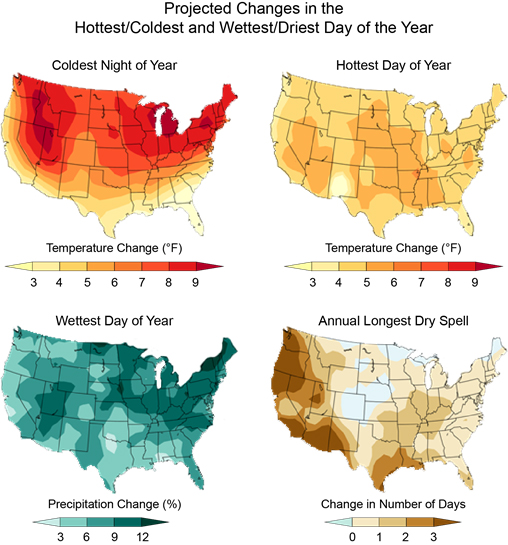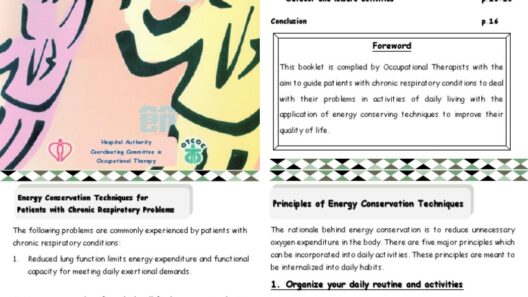Energy conservation is a pivotal component in the multifaceted struggle against climate change. As the global population burgeons, the demand for energy escalates correspondingly. This insatiable appetite for energy, predominantly derived from fossil fuels, not only contributes to environmental degradation but also exacerbates global warming. Hence, raising awareness and practicing energy conservation become not merely advisable but essential actions that everyone can enthusiastically embrace.
The importance of energy conservation cannot be overstated. It signifies the judicious use of resources to mitigate wastage while simultaneously lowering utility costs. This multifarious initiative encompasses a plethora of strategies and lifestyles that can be adopted by individuals, communities, and organizations alike. Explicitly, a plethora of content formats can be employed to engage readers on this critical subject.
The first category of content surrounds educational articles that articulate the fundamentals of energy conservation. Such pieces typically delineate the foundational principles, emphasizing the imperative of reducing energy consumption. Readers can expect discussions on the science of energy usage, delving into how energy is generated, consumed, and wasted in daily life. From household appliances to transportation methods, every facet of energy use can be scrutinized and optimized.
Infographics serve as a powerful visual tool to encapsulate complex data concisely. These graphical representations can illustrate staggering statistics about energy consumption trends, the impact of wasted energy on the environment, and practical steps for conservation. Infographics are particularly effective in curating captivating content that is both informative and easily digestible. They simplify the dissemination of crucial knowledge, enabling people to visualize their energy footprint and understand the broader implications of collective energy practices.
Moreover, case studies provide illustrative examples that resonate deeply with readers. By examining real-life scenarios, individuals can glean insights into the tangible benefits of energy conservation efforts. For instance, a municipality that adopts energy-efficient street lighting and subsequently reduces energy costs showcases practical application and inspires other communities. Studies documenting businesses that have integrated energy conservation strategies reveal economic incentives, such as tax breaks and enhanced public image, further motivating readers to consider adopting similar practices in their environments.
Video content also plays a vital role in raising awareness about energy conservation. Documentaries and short clips can vividly depict energy conservation efforts in action. These visual narratives allow audiences to witness the transformational impact of dedicated initiatives, whether it be the implementation of renewable energy sources or the renovation of energy-efficient buildings. Video content can engage viewers emotionally, fostering a connection to the cause and igniting a fire within them to take actionable steps in their own lives.
Social media campaigns are another dynamic strategy for raising awareness. Platforms such as Instagram, Twitter, and Facebook facilitate the rapid dissemination of information, fostering community engagement and dialogue. Hashtag campaigns that focus on specific energy conservation strategies—like #TurnItOff or #ConserveEnergy—encourage individuals to share their experiences and insights. This grassroots movement fosters a sense of belonging among participants, creating an invaluable network that collectively champions energy conservation.
Furthermore, community workshops and seminars offer interactive opportunities for individuals to learn about energy conservation. These gatherings promote an environment of collaboration where participants can share energy-saving tips, learn how to conduct energy audits of their own homes, and discuss potential local initiatives. Engaging with peers in a shared passion for conservation can lead to practical commitments, inspiring individuals to modify their behaviors in pursuit of collective goals.
Educational institutions also play a pivotal role in fostering a culture of energy conservation among the younger generation. Curriculum enhancements that include energy education equip students with crucial knowledge about their environmental impact. This foundational understanding can cultivate responsible habits from a young age, ensuring that future generations prioritize energy efficiency and sustainability. Students can participate in projects, such as energy audits of school facilities, further reinforcing the notion that they have a stake in addressing climate change.
In addition to these varied content formats, practical guides and how-to articles can empower readers with actionable strategies. These pieces typically offer step-by-step approaches to implementing energy-saving measures in daily life. Simple ideas, such as switching to LED light bulbs, using energy-efficient appliances, and optimizing heating and cooling systems, are often highlighted. Readers anticipate discovering the myriad small adjustments that can cumulatively yield significant energy savings.
Lastly, the significance of behavioral change cannot be overlooked in discussions surrounding energy conservation. As individuals become increasingly aware of their energy consumption habits, they are more inclined to modify their behaviors. Behavioral science research highlights the impact of social norms, peer influence, and incentive structures in driving change. This suggests that awareness-raising initiatives must also encompass strategies for fostering intrinsic motivation and long-term commitment to energy conservation.
Raising awareness and practicing energy conservation is an imperative endeavor in the collective fight against climate change. Through diverse content formats—be it articles, infographics, videos, or community initiatives—individuals can be equipped with the knowledge and motivation needed to shift their behaviors. Ultimately, these concerted efforts can culminate in the establishment of a sustainable society, where thoughtful energy use is the norm rather than the exception. By embracing energy conservation, we take meaningful strides toward a healthier planet, ensuring a prospective future for generations to come.







